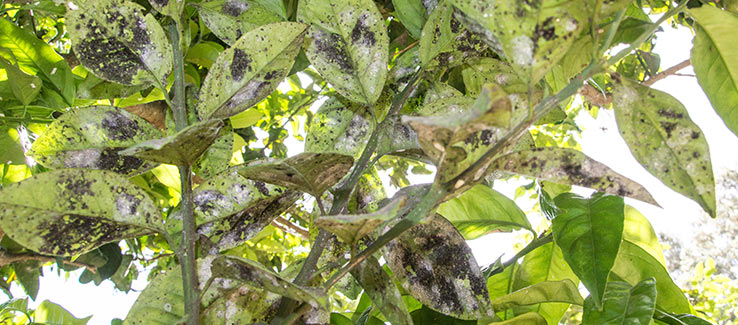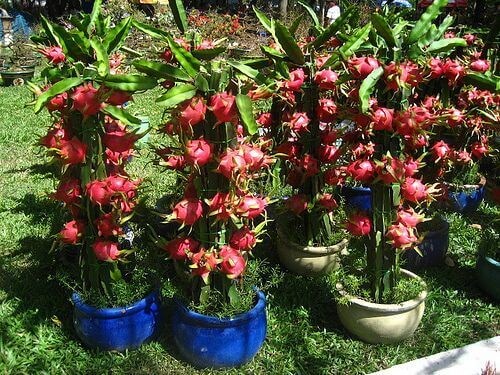
The Once Green Cascade Turns Dark: Unveiling the Mystery of Blackened Spider Plant Leaves
Spider plants, with their cascading green foliage and delicate spiderettes, are known for their resilience. But even the most adaptable plant can experience challenges. One such challenge is the disconcerting sight of once vibrant green leaves turning black. This article delves into the reasons why spider plant leaves might succumb to this darkening fate, equipping you with the knowledge to diagnose the issue and restore your leafy friend to its former glory.
Diagnosing the Darkness: Culprits Behind Blackened Spider Plant Leaves
Several factors can contribute to the blackening of leaves on your spider plant. Here’s a breakdown of the most common culprits:
-
Overwatering: A frequent offender, overwatering suffocates the roots, hindering their ability to absorb water and nutrients. This can lead to root rot, a condition often signaled by blackening leaves at the base of the plant, progressing upwards.
-
Incorrect Watering Technique: While overwatering is a concern, underwatering can also cause blackening. If the soil dries out completely for extended periods, the leaves may turn black and dry before falling off.
-
Light Issues: Spider plants thrive in bright, indirect sunlight. Too little light can lead to stunted growth and, in severe cases, blackening leaves. Conversely, excessive direct sun exposure can scorch the leaves, causing them to turn black and crispy.
-
Nutrient Imbalance: A lack of essential nutrients, particularly magnesium, can manifest in blackening leaves. You might observe black spots developing between the leaf veins.
-
Fungal Diseases: Fungal diseases like leaf spot or botrytis can cause black spots or patches to form on spider plant leaves, eventually leading to blackening. These diseases are more likely to occur in conditions of high humidity and poor air circulation.
-
Pest Infestation: Although less common, certain pests like mealybugs or thrips can damage spider plant leaves, causing them to turn black and drop.
By carefully examining your spider plant and its environment, you can often pinpoint the cause of the blackening leaves.
Taking Action: Restoring Your Spider Plant’s Lush Greenery
Once you’ve identified the culprit, you can take steps to revive your spider plant and prevent further blackening:
-
Overwatering: Adjust your watering habits. Allow the top inch of soil to dry before watering thoroughly. Ensure your pot has drainage holes to allow excess water to escape. Consider repotting the plant in fresh, well-draining potting mix if root rot is suspected.
-
Incorrect Watering Technique: Increase watering frequency if the soil feels consistently dry. However, avoid creating a soggy environment. Water deeply when the top inch of soil feels dry to the touch.
-
Light Issues: Move your spider plant to a location with bright, indirect sunlight. East or west-facing windows are ideal. If the plant receives too much direct sun, consider filtering the light with sheer curtains.
-
Nutrient Imbalance: Consider fertilizing your spider plant with a balanced, diluted fertilizer during the growing season (spring and summer). Follow the manufacturer’s instructions for appropriate dilution and application frequency.
-
Fungal Diseases: Isolate the affected plant and remove any severely damaged leaves. Treat the remaining plant with a fungicide specifically labeled for use on houseplants, following the product instructions carefully. Improve air circulation around the plant to prevent further fungal issues.
-
Pest Infestation: Treat the plant with insecticidal soap, neem oil, or another organic pest control method to eradicate the pests.
Remember, early intervention is key. The sooner you address the underlying cause, the better the chances of your spider plant recovering and producing healthy new growth.
Preventing Blackened Leaves: Keeping Your Spider Plant Thriving
By providing proper care, you can minimize the risk of your spider plant developing black leaves:
- Water Wisely: Water according to your plant’s needs, avoiding both overwatering and underwatering.
- Light it Right: Place your spider plant in a location with bright, indirect sunlight.
- Feed for Success: Fertilize your spider plant with a balanced fertilizer during the growing season, following proper dilution and frequency guidelines.
- Maintain Good Hygiene: Wipe down leaves occasionally to remove dust and debris that can attract pests or harbor diseases.
- Repotting Refresh: Repot your spider plant every 1-2 years in fresh, well-draining potting mix to prevent nutrient depletion and soil compaction.
Frequently Asked Questions (FAQ) about Blackened Spider Plant Leaves
Q: All the leaves on my spider plant are turning black. Is it salvageable?
If the stem is still green and firm, there’s a chance for recovery. Remove the blackened leaves, address the underlying issue, and provide proper care to encourage new growth.
Q: Should I cut off black leaves from my spider plant?
A: Yes. Removing blackened leaves prevents the spread of disease and allows the plant to focus its energy on healthy growth. Cut the leaf stem at the base where it meets the main plant using clean, sharp shears.
Q: My spider plant has black tips on the leaves, but the base seems healthy. What’s wrong?
A: Blackened tips can be caused by underwatering, excessive light exposure, or low humidity. Adjust your watering habits, move the plant to a location with filtered light, or consider using a humidifier to increase air moisture.
Q: Can I propagate healthy spiderettes from a plant with black leaves?
A: Yes! As long as the spiderettes themselves appear healthy and green, you can propagate them to create new spider plants. Carefully detach the spiderette from the mother plant, ensuring it has some roots, and pot it in a well-draining potting mix.
By understanding the causes and solutions for blackening leaves on your spider plant, you can become a proactive plant parent. With proper care and a watchful eye, you can ensure your spider plant thrives for years to come, cascading its vibrant green foliage and producing new generations of spiderettes to grace your home.





